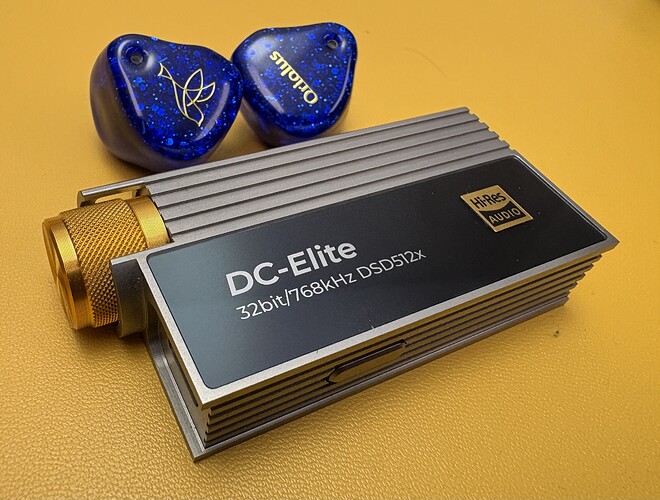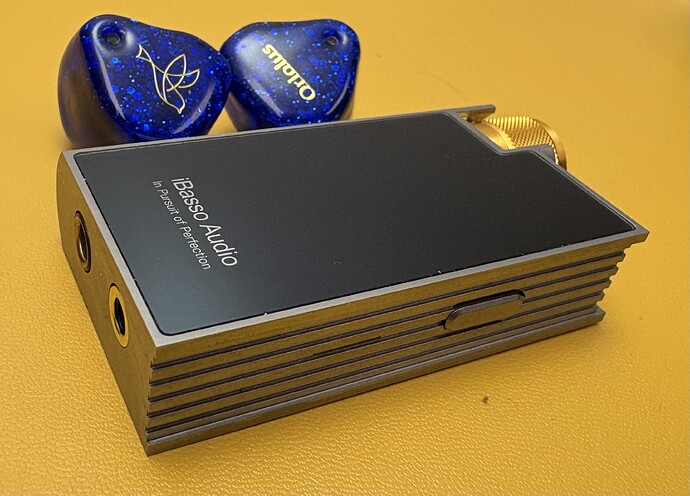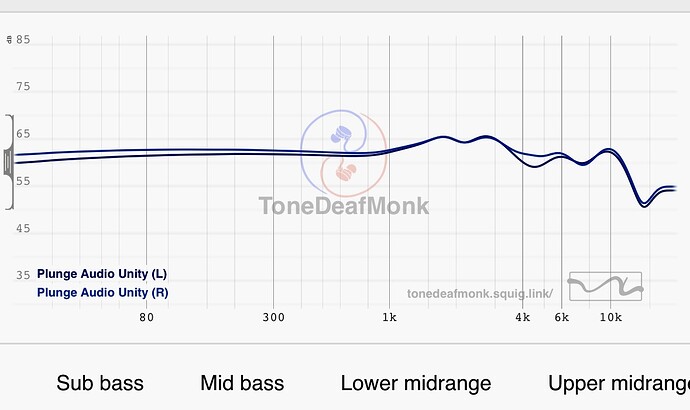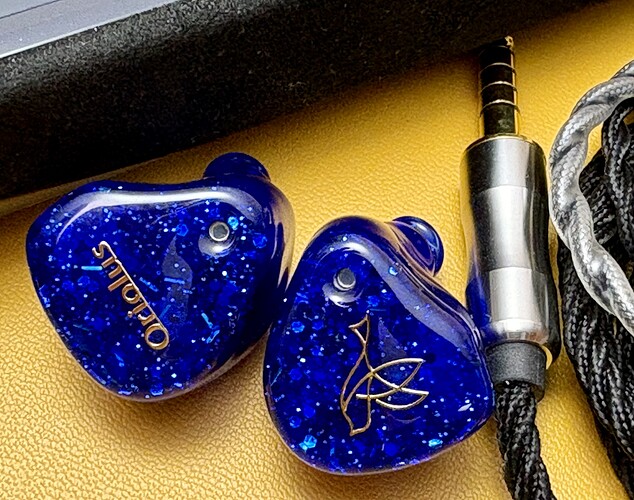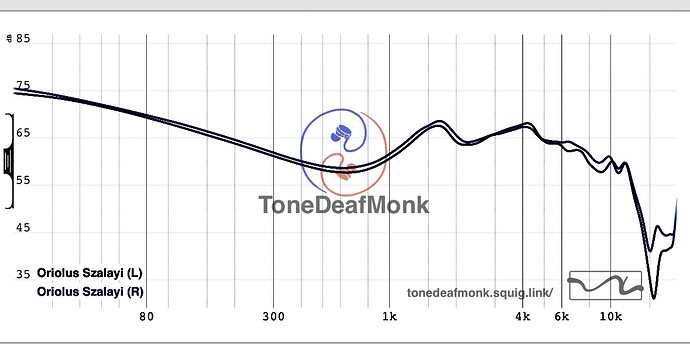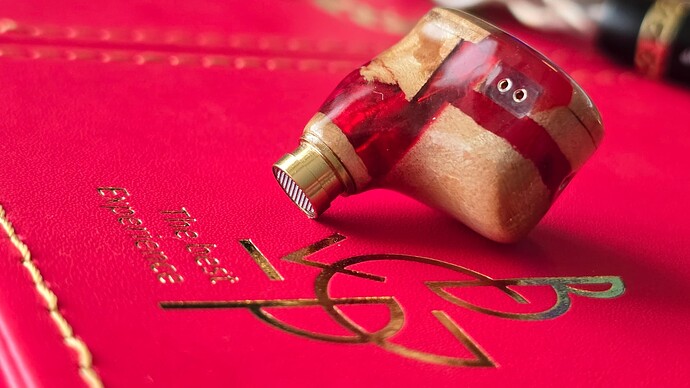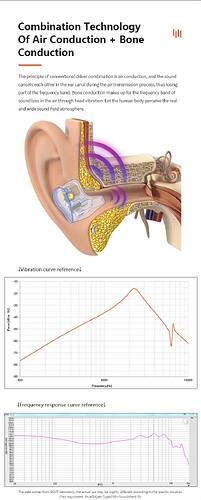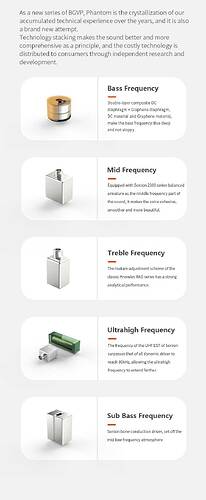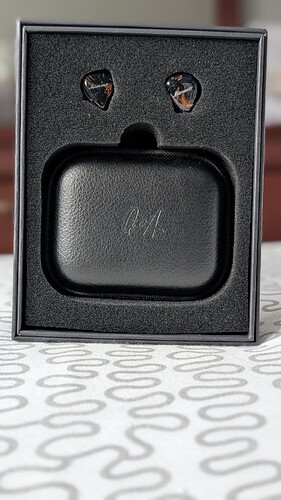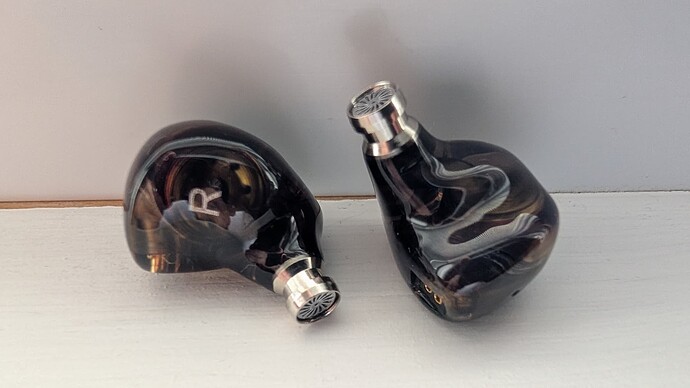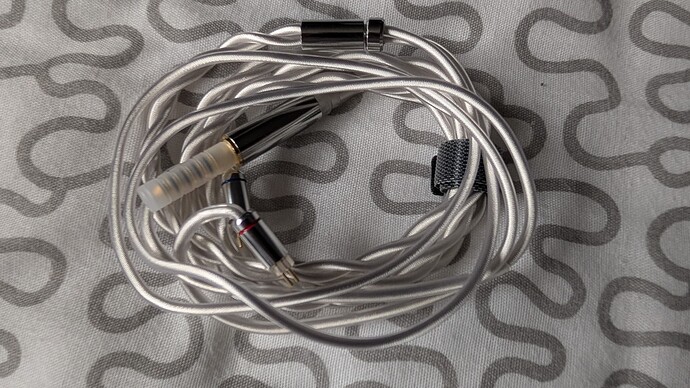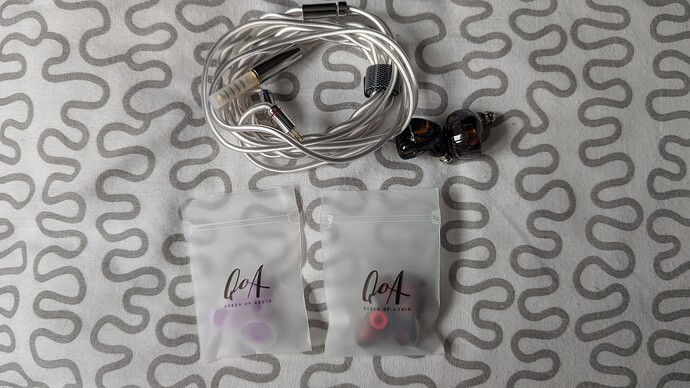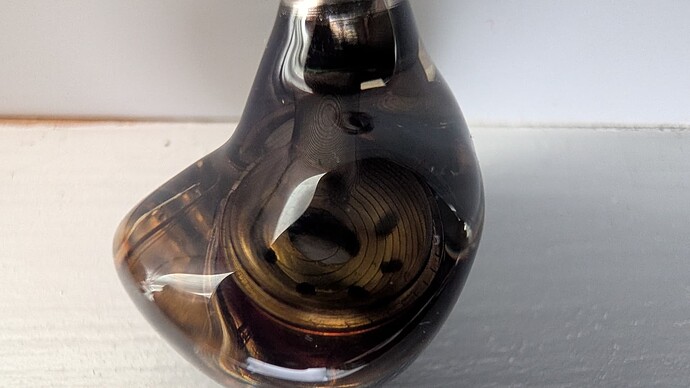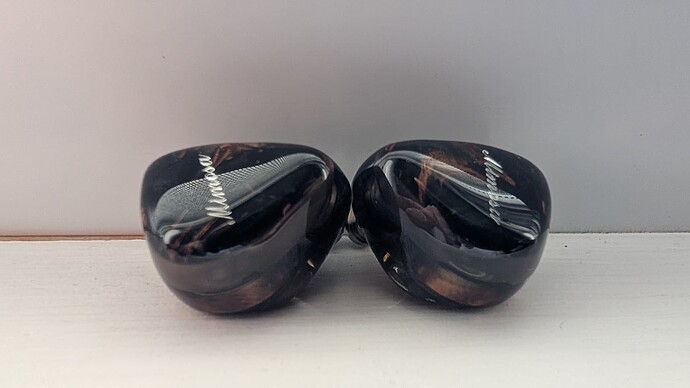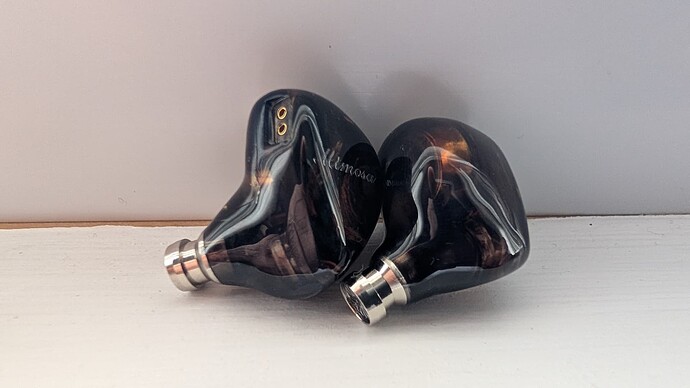ORIOLUS SZALAYI
Planar Hybrid IEM.
1 - BA Driver highs
1 - 14mm Plane Diaphragm Driver mids
1 - 10mm Dynamic Driver bass
Sensitivity - 110dB/mW
Frequency Response - 10Hz~40kHz
Impedance - 10Ω
Cable - High grade silver plated pure oxygen free copper.
Plug Type - 4.4mm Balanced
Preamble:
I am very fortunate to enjoy the opportunity to listen to, and review the Oriolus Szalayi.
Oriolus is a Japanese IEM and electronics company probably best known for their multi kilobuck IEM offerings.
Their flagship IEM Oriolus Traillii weighs in at $6K plus usd, and the Titanium Dragon shell version breaches the $10K barrier.
At a mere $890 usd, the Szalayi is their lowest cost IEM, making it their entry level “budget” offering.
A special thank you to my friend, and fellow Canuck Audioholic, Tone Deaf Monk for loaning me the Szalayi for enjoyment and review.
Pros:
 Quality 3D printed photopolymer shells are medium sized with a nozzle length that seals and anchors in my ears around mid point.
Quality 3D printed photopolymer shells are medium sized with a nozzle length that seals and anchors in my ears around mid point.
These should fit most ears comfortably, but as always, ears are individually unique and some will be met with challenges.
 Excellent driver coherence. Oriolus has done an incredible job tuning the crossovers on this set.
Excellent driver coherence. Oriolus has done an incredible job tuning the crossovers on this set.
Planars are not my favourite drivers, but only seldom do I detect hints of planar shimmer. More on this below.
 In a nutshell - Smooth and musical.
In a nutshell - Smooth and musical.
 Stock 4.4mm SPC cable is commensurate with the price and pairs very well with the IEM. At no point did I even consider cable swaps.
Stock 4.4mm SPC cable is commensurate with the price and pairs very well with the IEM. At no point did I even consider cable swaps.
Cons:
 Price: $890 usd may be entry level for Oriolus, but that is still an ask many will consider out of reach.
Price: $890 usd may be entry level for Oriolus, but that is still an ask many will consider out of reach.
 Source fussy to some degree, and, a source with decent power is recommended to get the most out of Szalayi.
Source fussy to some degree, and, a source with decent power is recommended to get the most out of Szalayi.
Source Devices:
 I’m mids sensitive, and source device selection factored into the “planar shimmer” I mentioned in the pros and cons.
I’m mids sensitive, and source device selection factored into the “planar shimmer” I mentioned in the pros and cons.
Szalayi has excellent bass, so that’s not the take away here.
On some sources (iBasso DX340) I found I wanted to push the volume louder to wake the bass up a little extra.
When doing so, the mids of course also elevated in kind, and that’s when I started to note a touch of planar shimmer in some tracks.
Not at irritating levels, but enough to detract from my listening enjoyment.
Those who are not mids sensitive may not experience any of this, but, those who are may, and source rolling is suggested.
After rolling DAPs, it came down to either the AK SP2000T set to OP amp, or, Hiby R8ii.
In the end I chose the R8ii for its warmer sound, and ability to easily drive the Szalayi to optimum performance at lower volume levels, with gain set to mid. (fyi SP2000T doesn’t have gain settings)
Equipment:
 Oriolus Szalayi IEM, aged “enough” hours.
Oriolus Szalayi IEM, aged “enough” hours.
 Hiby R8ii DAP, mid gain, 4.4mm out.
Hiby R8ii DAP, mid gain, 4.4mm out.
 Stock 4.4mm silver plated, oxygen free copper cable.
Stock 4.4mm silver plated, oxygen free copper cable.
 Divinus velvet wide bore ear tips.
Divinus velvet wide bore ear tips.
Sound:
Szalayi has excellent bass presence. Textured, tactile, and defined.
The FR graph would suggest a rolled off mid bass presence, but mid bass holds its own nicely on tracks that call for it.
It is well defined from sub bass, tight and impactful. Decay is quick, which makes me think the planar driver might be offering an assist.
It’s my understanding planars often don’t graph well, which would help explain the FR graph.
Mids and vocals are dynamic, crisp and detailed. Tonality and timbre are accurate and natural on both instruments and vocals.
The highs and ultra highs are not micro detail masters but they have enough air and sparkle to keep things lively up top without ever being harsh or sibilant.
Szalayi completely fills the head stage on all three axis for an excellent staging experience.
I find the stage to be more intimate than expansive, but the mids clarity allows for pinpoint staging and layering. I easily identify individual instrument placement, despite the perception of close quarters.
Conclusion:
Prior to doing this review, I spent several evenings engaged in lengthy listening sessions with Szalayi, simply listening for the sake of listening with no desire what so ever to critical listen.
I have thoroughly enjoyed my time with Szalayi and will miss them dearly when I send them off to fellow Canuck Audioholic Bennet this coming week.
Yes, they are expensive, but the technical competence and pure musicality of them validates the asking price IMO.
I never outright recommend gear because I know what I like, others may not. But, if Szalayi are within your budget, I have no problem saying give them serious consideration.
 My music sources:
My music sources:
Qobuz, and, FLAC and DSD files stored on the SD cards of my daps.
My music genre are primarily Rock, Blues, Jazz, Symphonic, Country, Rap, R&B, Pop, Electronic.
Enjoy your music 
